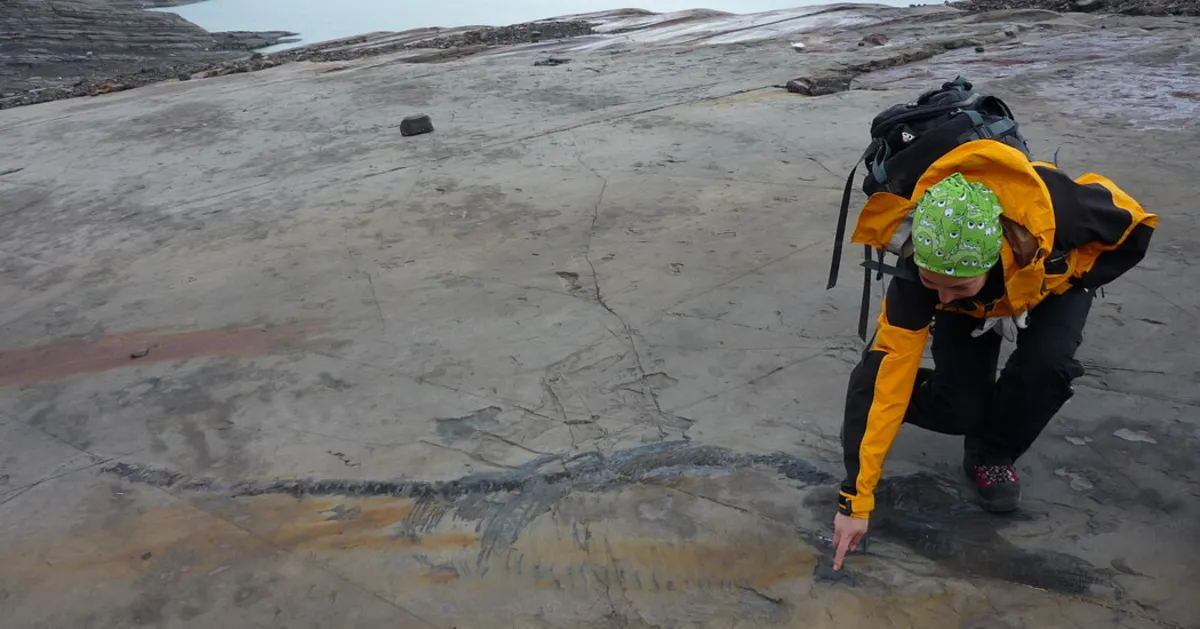
Approximately 131 million years ago, a pregnant ichthyosaur — a marine reptile resembling modern dolphins — glided through the ancient oceans that are now part of southern Chile. This era marked a significant period in Earth's history, but the ichthyosaur's life met an untimely end due to a series of geological events. A pivotal factor in this event was the breakup of the southern supercontinent known as Gondwanaland.
During this time, South America, which was once connected to both Africa and Antarctica, began to drift apart as the continents separated. This movement led to the formation of a new ocean basin called the Roca Verdes. According to Matthew Malkowski, a professor of geological sciences at the University of Texas at Austin, “One of the hypotheses is that this is actually the opening of the early South Atlantic Ocean.”
The geological forces responsible for the fragmentation of Gondwanaland caused significant disruptions in the Earth's crust, resulting in frequent volcanic eruptions and earthquakes. These seismic activities sometimes triggered massive underwater landslides, which played a crucial role in the demise of the ichthyosaur.
On one fateful day during the early Cretaceous period, a catastrophic landslide occurred, cascading down a submarine canyon in Roca Verdes. This event unleashed turbulent flows of sediment that transformed the underwater landscape. Judith Pardo-Pérez, an associate professor at the University of Magallanes in Chile, noted, “Probably these landslides might have trapped the ichthyosaurs and threw them to the bottom of the canyon and covered them with sediment.”
The story of this pregnant ichthyosaur and the geological events surrounding its demise offers a fascinating glimpse into a time when Earth was undergoing dramatic changes. The interplay between tectonic activity and marine life not only shaped the environments of the past but also provides valuable insights for scientists studying the evolution of marine ecosystems.